Economic Headwinds For Offshore Wind: A Look At The Current Landscape
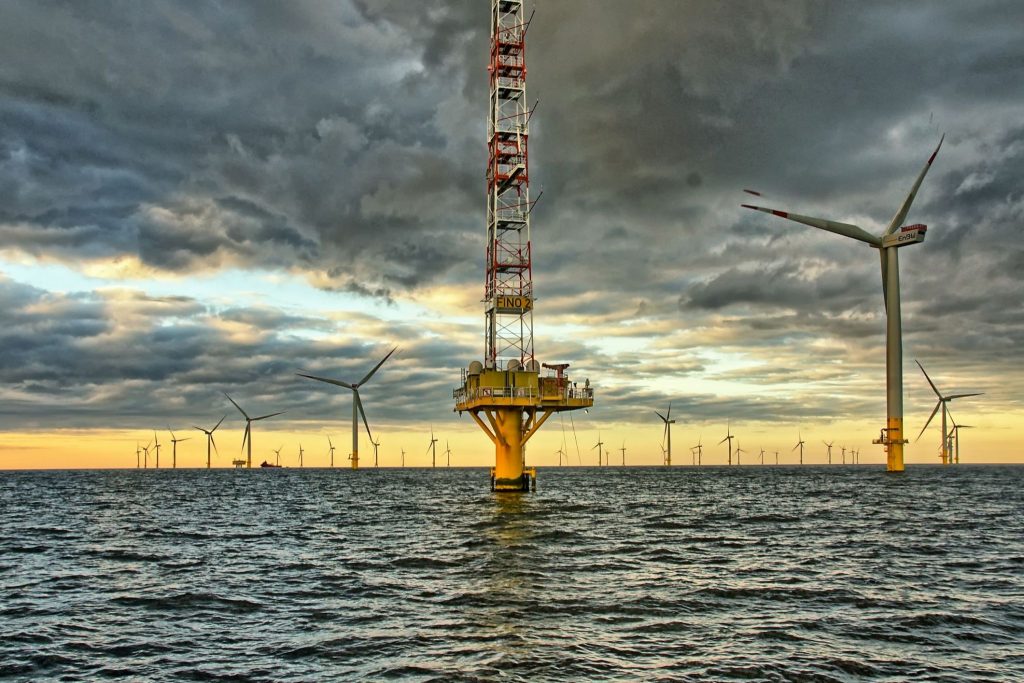
Table of Contents
Soaring Inflation and Increased Material Costs
Rising inflation is significantly impacting the cost of offshore wind farm construction. The industry relies heavily on materials like steel, concrete, and specialized equipment, all of which have experienced dramatic price increases in recent years. This surge in costs directly translates to higher project expenses, jeopardizing the financial viability of many projects.
-
Increased steel prices significantly impact turbine tower and foundation costs. Steel is a fundamental component of offshore wind turbines, and its price volatility directly affects the overall project budget. Even minor fluctuations in steel prices can translate into millions of dollars in added expenses.
-
Supply chain bottlenecks lead to extended lead times and higher prices for critical components. The global nature of the offshore wind supply chain makes it vulnerable to disruptions. Delays in receiving essential components, such as turbines, generators, and cables, cause construction delays and increase costs due to extended project timelines and potential penalties.
-
Inflationary pressures increase labor costs, adding to project expenses. The rising cost of labor, including skilled technicians and engineers crucial for offshore wind farm installation and maintenance, further exacerbates the financial strain on projects.
-
Impact on project financing and potential cost overruns. The increased costs associated with inflation directly impact the feasibility of securing project financing. Many projects are facing significant cost overruns, making it challenging to meet initial budget projections and potentially jeopardizing the entire undertaking.
Supply Chain Disruptions and Bottlenecks
The offshore wind industry’s global supply chain is highly complex and susceptible to disruptions. Geopolitical instability, trade wars, and the COVID-19 pandemic have all contributed to significant bottlenecks, delaying projects and driving up costs.
-
Delays in the delivery of key components (turbines, cables, foundations). The lengthy lead times for critical components, coupled with unpredictable delays, create significant uncertainty for project timelines and budgets.
-
Geopolitical instability and trade wars impacting the availability of materials. International relations and trade policies significantly influence the availability and price of materials essential for offshore wind farm construction. Trade disputes or sanctions can severely disrupt the supply chain.
-
The impact of port congestion and logistics challenges on project timelines. Port congestion and logistical bottlenecks further exacerbate delays, creating ripple effects throughout the supply chain. Efficient port operations and streamlined logistics are crucial for timely project completion.
-
The need for diversification and resilience in the supply chain. To mitigate the risks associated with supply chain disruptions, the industry needs to diversify its sources of materials and components, creating a more resilient and robust supply chain.
Permitting Delays and Regulatory Hurdles
The regulatory landscape surrounding offshore wind development is often complex and lengthy, contributing significantly to project delays. Navigating environmental impact assessments, stakeholder consultations, and obtaining necessary permits from multiple jurisdictions can take years.
-
Environmental impact assessments and stakeholder consultations lengthening timelines. Thorough environmental reviews and extensive stakeholder engagement are essential but can significantly prolong the permitting process.
-
Navigating complex permitting processes across multiple jurisdictions. Offshore wind projects often span multiple jurisdictions, requiring permits and approvals from various agencies, increasing bureaucratic hurdles.
-
Grid connection challenges and the need for upgrades to accommodate offshore wind power. Integrating large-scale offshore wind farms into existing electricity grids requires substantial upgrades and investments in transmission infrastructure, which can lead to delays.
-
The role of government policies and streamlining regulatory processes. Government policies play a critical role in streamlining the permitting process and fostering a more efficient regulatory environment. Simplified and transparent permitting procedures are crucial for accelerating project development.
Limited Subsidies and Investment Uncertainty
Government subsidies and supportive policies are crucial for the viability of offshore wind projects. However, fluctuations in government support and policy changes create significant uncertainty for investors.
-
Fluctuations in government support and policy changes creating uncertainty for investors. Inconsistent government policies and funding mechanisms can deter investment and increase the perceived risk for investors.
-
Competition for limited funding among renewable energy projects. Offshore wind projects compete with other renewable energy initiatives for limited public funding, making it challenging to secure necessary financial support.
-
The need for long-term, stable policy frameworks to attract investment. Long-term, stable policy frameworks are essential to attract significant private investment and ensure the continued growth of the offshore wind sector.
-
Exploring alternative financing models such as green bonds and private equity. Exploring alternative financing models can help diversify funding sources and reduce reliance on government subsidies.
The Impact on Project Financing and Investor Confidence
The cumulative effect of these economic headwinds significantly impacts project financing and investor confidence. The increased risk and uncertainty associated with offshore wind projects lead to higher required rates of return, making it difficult to secure financing.
-
Increased project risk and higher required rates of return. Investors demand higher returns to compensate for the increased risk associated with project delays, cost overruns, and regulatory uncertainty.
-
Difficulty securing project financing from banks and investors. The higher risk profile makes it challenging for developers to secure project financing from traditional lenders and investors.
-
Potential project cancellations or delays due to financial constraints. Financial constraints can lead to project cancellations or significant delays, impacting the overall development of the offshore wind industry.
-
Strategies to mitigate risk and attract investment in the face of economic uncertainty. Developers need to implement strategies to mitigate risks, such as robust risk management plans, detailed cost estimations, and effective communication with investors to build trust and attract investment.
Conclusion
The offshore wind sector, despite its immense potential, faces considerable economic challenges including inflation, supply chain issues, permitting delays, and investment uncertainty. These headwinds necessitate a proactive approach from developers, policymakers, and investors to ensure the continued growth of this vital renewable energy source. Understanding and addressing the current economic headwinds is crucial for the sustainable development of offshore wind energy. By implementing strategies to mitigate risks, streamline regulations, and foster investment, we can unlock the full potential of offshore wind and accelerate the global energy transition. Learn more about navigating the economic challenges facing offshore wind projects and discover solutions to ensure a successful future for this vital renewable energy source.

Featured Posts
-
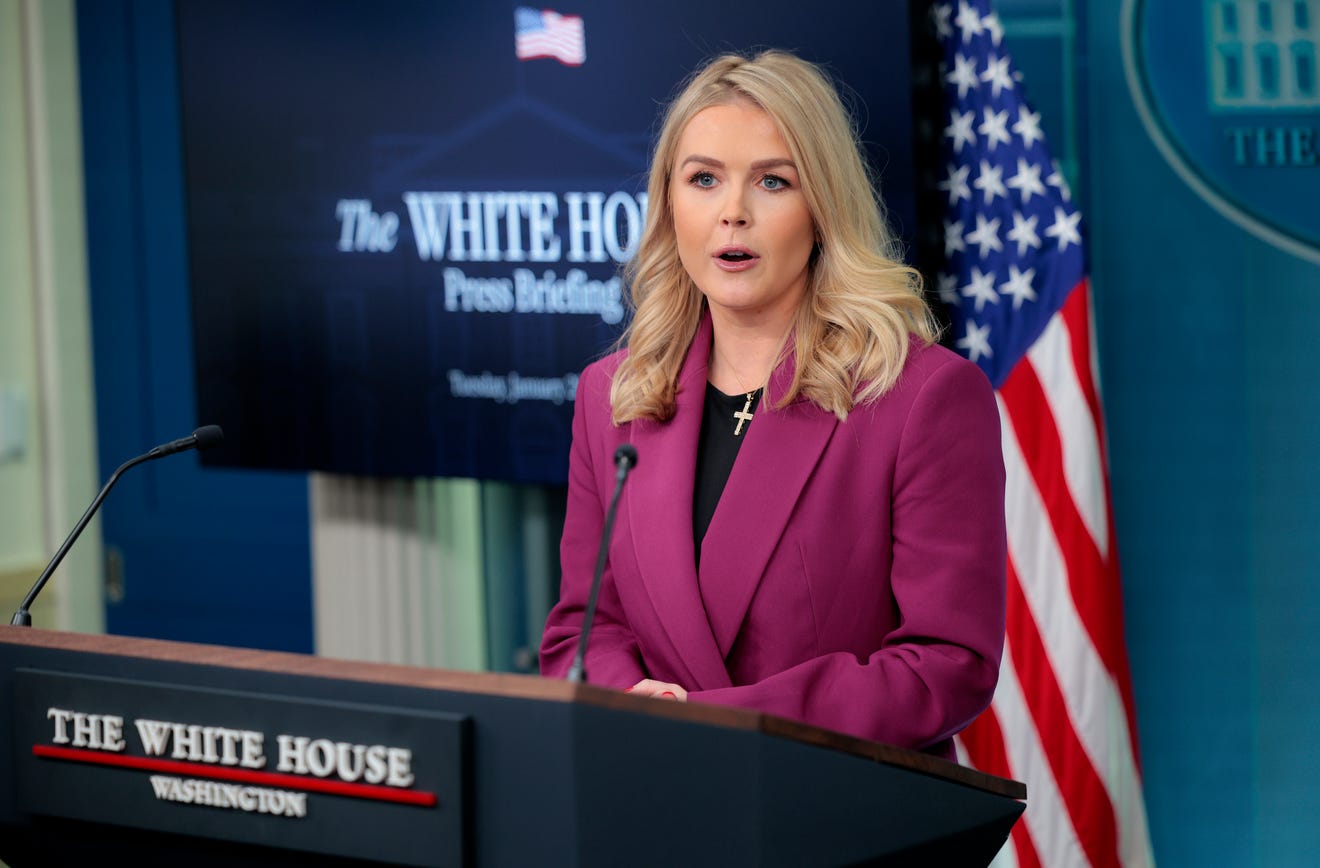 First Press Conference Carneys Vision For Economic Transformation
May 04, 2025
First Press Conference Carneys Vision For Economic Transformation
May 04, 2025 -
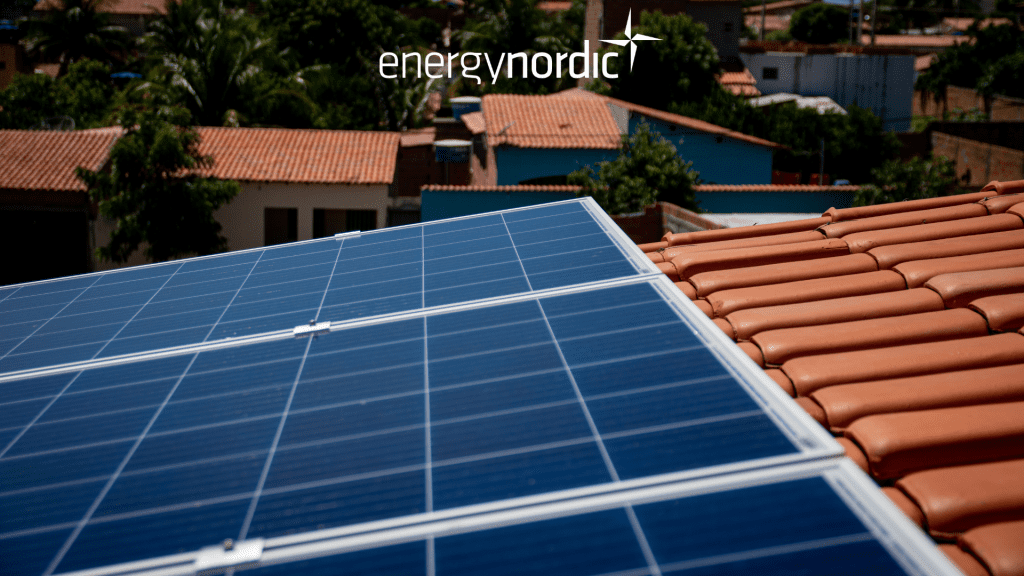 Experiment Lowering Dutch Electricity Prices During Solar Surplus
May 04, 2025
Experiment Lowering Dutch Electricity Prices During Solar Surplus
May 04, 2025 -
 My Experience At Nigel Farages Press Conference
May 04, 2025
My Experience At Nigel Farages Press Conference
May 04, 2025 -
 Eneco Innomotics And Johnson Controls Partner For Gigantic Heat Pump Project
May 04, 2025
Eneco Innomotics And Johnson Controls Partner For Gigantic Heat Pump Project
May 04, 2025 -
 Australia Votes Labor Holds Early Lead In Election
May 04, 2025
Australia Votes Labor Holds Early Lead In Election
May 04, 2025
Latest Posts
-
 Charles Barkleys Bold Playoff Picks Oilers And Leafs Make The Cut
May 04, 2025
Charles Barkleys Bold Playoff Picks Oilers And Leafs Make The Cut
May 04, 2025 -
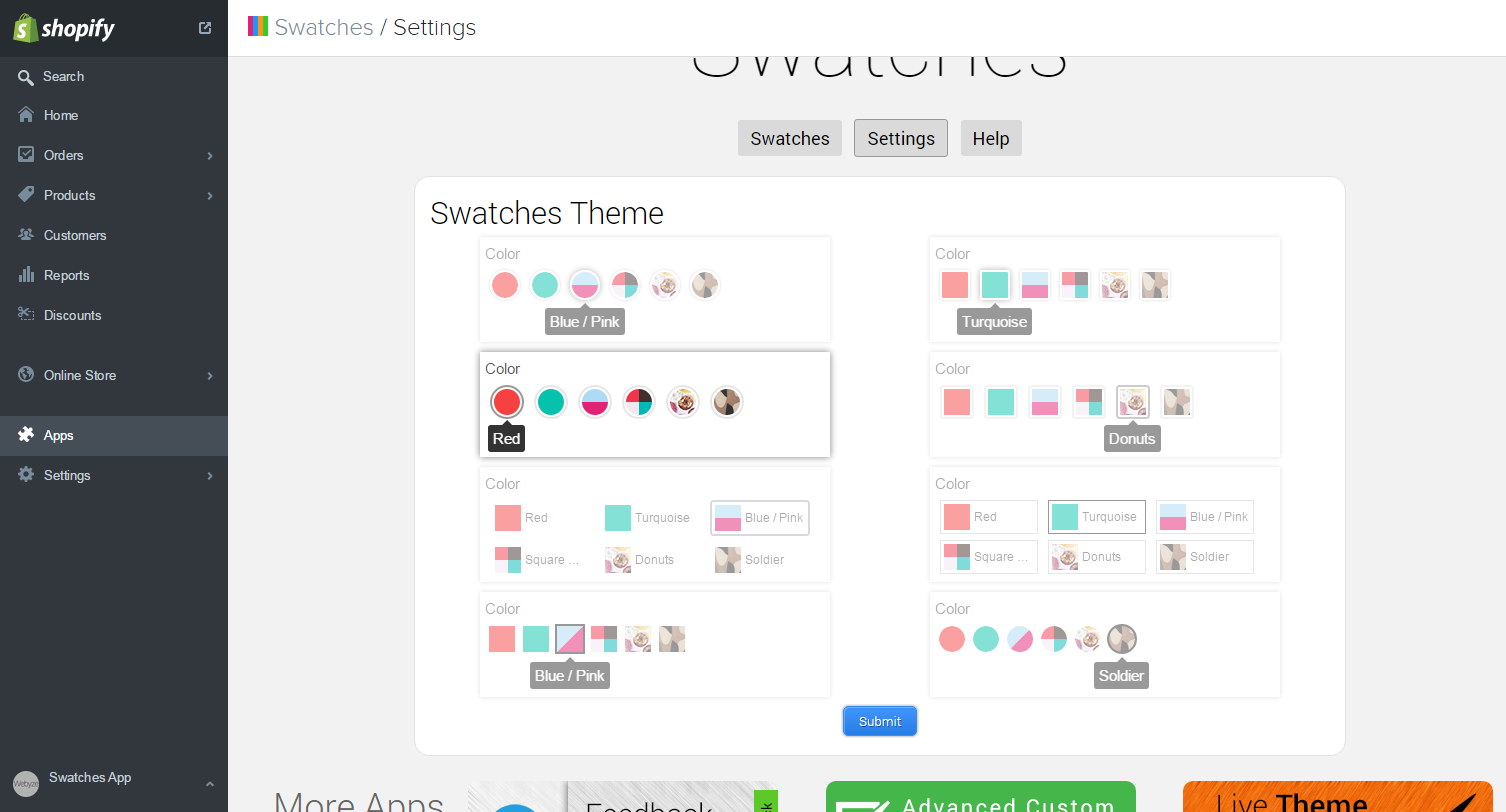 Shopify Developer Program Update Analyzing The Revenue Share Shift
May 04, 2025
Shopify Developer Program Update Analyzing The Revenue Share Shift
May 04, 2025 -
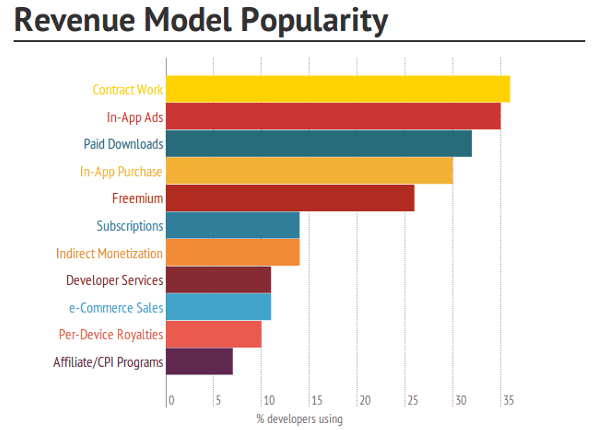 Shopifys New Lifetime Program Impact On Developer Revenue
May 04, 2025
Shopifys New Lifetime Program Impact On Developer Revenue
May 04, 2025 -
 Shopify Developers Revenue Share Changes With Lifetime Program
May 04, 2025
Shopify Developers Revenue Share Changes With Lifetime Program
May 04, 2025 -
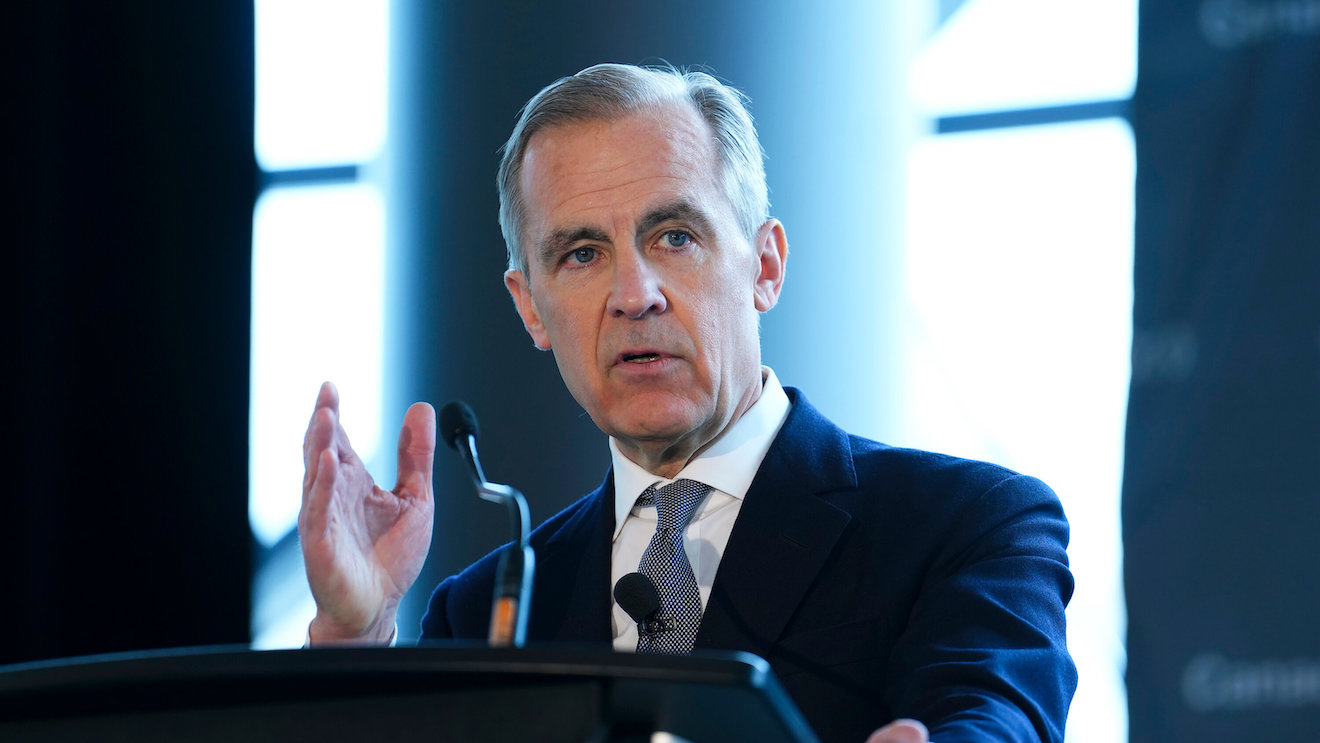 The Cusma Negotiations Carneys Meeting With Trump And Whats At Stake
May 04, 2025
The Cusma Negotiations Carneys Meeting With Trump And Whats At Stake
May 04, 2025
